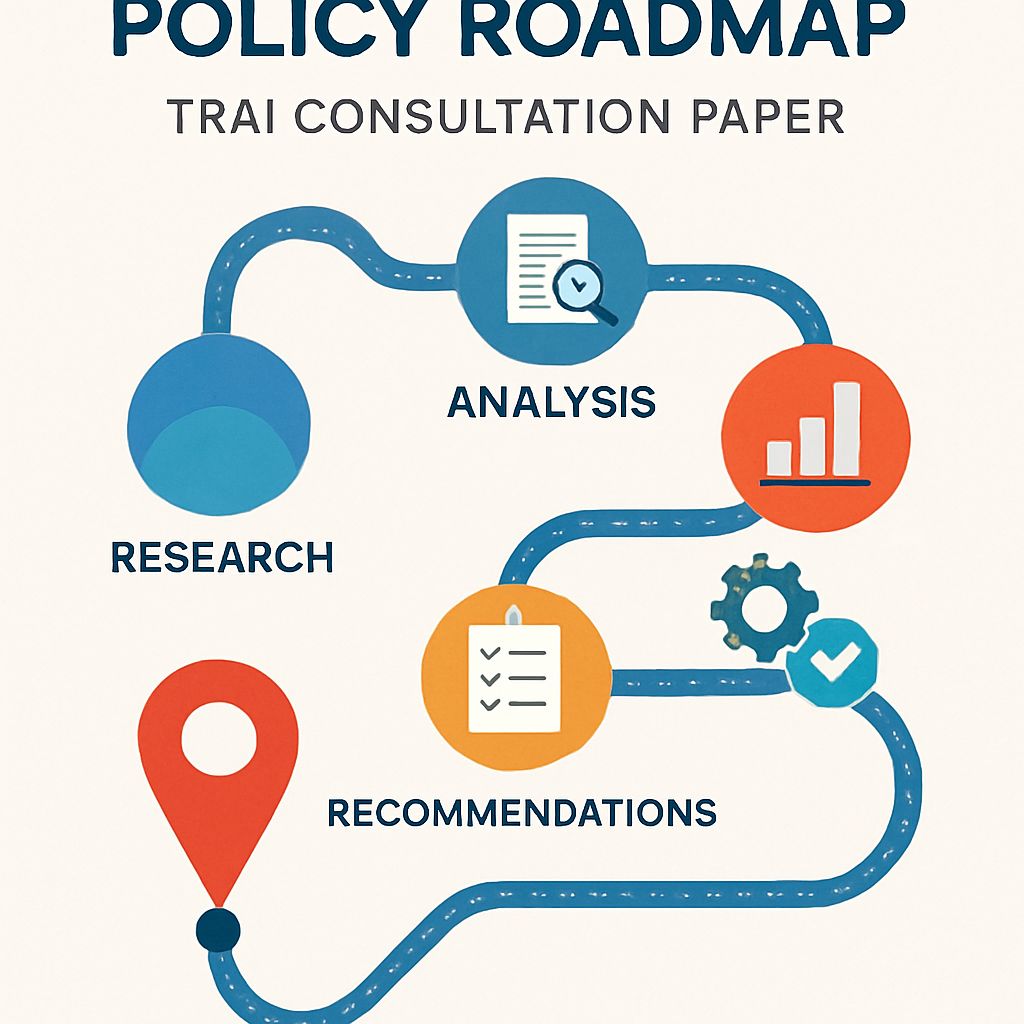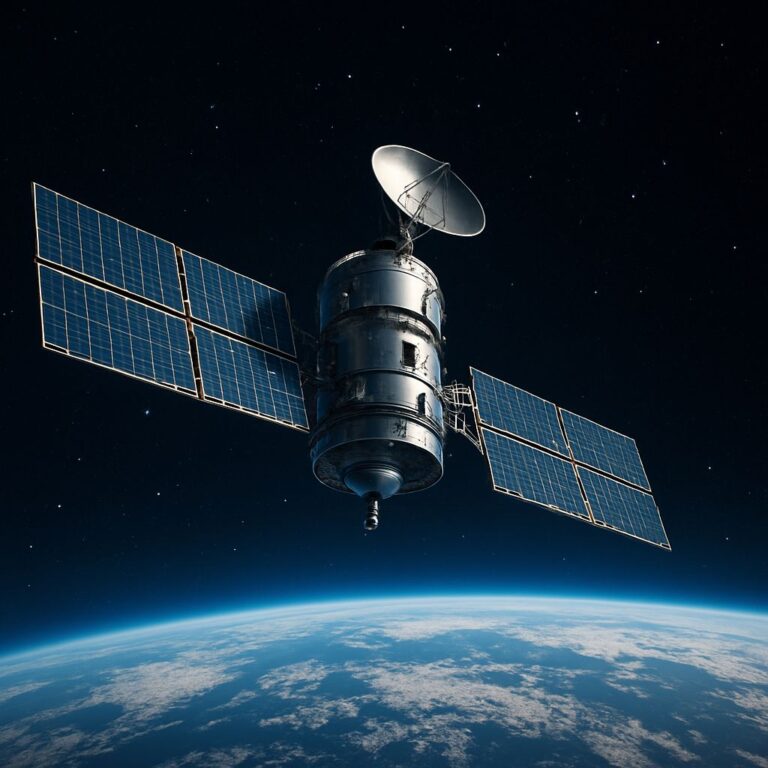Introduction:
Satellite internet rollout in India 2025 is facing serious challenges that could delay or derail the much-anticipated connectivity boost for rural areas. Industry experts warn that a 4% spectrum fee and short 5-year license assignments create uncertainty and risk in investing in this vital infrastructure.
Satellite internet rollout in India 2025 is facing significant challenges that could derail efforts to connect millions across the country.
“Can India’s dream of universal satellite internet access crash before takeoff?”
Is this something you’d want to research across the entire internet, decode telecom policies, and understand the bigger picture?
After analyzing everything across the internet and gathering real-world insights, the Bhussan.com team shares this friendly, helpful article. 🚀📡
📚 Main Sections (300–350+ words each)

1. 🌐 What’s at Stake with Satellite Internet in India?
-
Ambitions for rural broadband and 100% coverage
-
Players: OneWeb, Starlink, JioSpaceFiber, Amazon Kuiper
-
Why satellite internet matters in 2025
2. 💸 The Controversial 4% Spectrum Usage

Charge (SUC)
-
What SUC means and how it’s calculated
-
Industry reaction: ISPA, Starlink, Bharti-backed OneWeb pushback
-
Comparison with other countries (e.g., the US, the UK)
3. 🕔 5-Year Spectrum Assignment: Why the Industry Is Nervous
-
Telecom norms vs satellite-specific needs
-
Long-term investments require long-term licenses
-
“No investor will risk billions for a 5-year lease” — Industry quotes
4. 📢 Industry Response: Warnings and Recommendations
-
Indian Space Association (ISpA) position
-
Satellite industry consortium letters to TRAI, DoT
-
What ISRO and DoT have said so far
5. 📉 Potential Impact on India’s Satellite Internet Ecosystem
-
Delayed launches, lower investment, tech brain drain
-
Rural India’s access delay
-
Economic loss: missed Digital India goals
6. 🌍 Global Case Studies: How Other Nations Handle This
-
US: No SUC for NGSO operators
-
UK: Long-term licensing model
-
Africa: Encouraging spectrum-free zones to boost rural coverage
7. 🛠️ What Needs to Change for Smooth Rollout?
-
Industry demands: 20-year license, SUC waiver
-
TRAI & DoT reform options
-
Private-public collaboration models

Pros & Cons Table
| Pros | Cons |
|---|---|
| High-speed rural internet | A 4% spectrum fee increase increases the cost |
| Low-earth orbit tech boosts coverage | 5-year limit deters investors |
| Private sector involvement | Regulatory uncertainty |
FAQs (30+ Based on PAA Forums)❓
1. What is the 4% spectrum fee for satellite internet in India?
The 4% spectrum fee, also called the Spectrum Usage Charge (SUC), is a percentage of the satellite internet providers’ adjusted gross revenue that the Indian government charges for using allocated spectrum. This fee is higher than that charged for other internet services, making satellite internet more expensive to operate in India.
2. Why is the 5-year spectrum assignment a problem for satellite operators?
Satellite internet providers require long-term spectrum assignments (typically 10-15 years) to recover large upfront investments in infrastructure like satellites and ground stations. A 5-year license creates uncertainty, deterring investment and risking business continuity.
3. Who is impacted by the spectrum licensing policy in India?
Satellite internet operators, investors, rural and underserved communities relying on improved connectivity, telecom companies planning satellite services, and the overall digital infrastructure ecosystem in India are all impacted.
4. Which companies are planning satellite internet in India?
Notable players include Starlink (SpaceX), OneWeb, Bharti-backed OneWeb, and some Indian startups planning satellite broadband services.
5. What is ISPA’s stance on the spectrum fee?
The Indian Satellite Internet Providers Association (ISPA) strongly opposes the 4% spectrum fee, arguing it is disproportionately high compared to terrestrial services and threatens to derail affordable satellite internet rollout.
6. Has the government responded to industry concerns?
As of 2025, the government has acknowledged concerns but has not announced definitive relief or policy changes, creating ongoing uncertainty in the market.
7. How does India’s spectrum policy compare globally?
Globally, satellite internet providers often receive spectrum at lower or zero fees, with longer-term assignments to encourage investment. India’s higher fees and short-term licenses are viewed as restrictive in comparison.
8. What is SUC in telecom terminology?
SUC stands for Spectrum Usage Charge, a government levy on telecom operators calculated as a percentage of their revenue generated from using licensed spectrum.
9. Why do satellite internet providers need long-term spectrum?
Because satellite infrastructure requires significant capital investment and time to deploy, long-term spectrum licenses ensure providers can plan, invest, and operate profitably over many years.
10. What is the role of TRAI in this policy debate?
The Telecom Regulatory Authority of India (TRAI) advises the government on telecom policies, including spectrum fees and licensing norms. Their recommendations influence spectrum pricing and assignment durations.
11. Is Starlink coming to India in 2025?
Starlink has expressed strong interest in India but has faced regulatory hurdles, including licensing and spectrum fee issues. Its launch in India in 2025 depends on policy clarity.
12. What is OneWeb’s plan for Indian users?
OneWeb aims to provide satellite broadband primarily to rural and remote areas in India, partnering with local players like Bharti Airtel to expand digital connectivity.
13. Will the spectrum fee raise internet costs?
Yes, the 4% fee could increase operational costs for providers, which may translate to higher prices for end users, potentially limiting adoption in price-sensitive markets.
14. Can satellite internet replace fiber broadband?
Satellite internet is complementary rather than a full replacement; it excels in remote or underserved areas where fiber rollout is costly or impractical, but has limitations like latency compared to fiber.
15. Is 5G competing with satellite internet?
5G targets urban and suburban markets with dense populations, while satellite internet focuses on rural and remote regions. Both can coexist, serving different needs.
16. What are NGSO satellites?
NGSO stands for Non-Geostationary Satellite Orbit — satellites in low Earth orbit (LEO) or medium Earth orbit (MEO) that offer lower latency and global coverage, key for modern satellite internet.
17. How much investment is needed for the LEO satellite rollout?
Billions of dollars are typically required to build, launch, and operate LEO satellite constellations and ground infrastructure, necessitating long-term regulatory certainty.
18. Why is long-term spectrum important for tech deployment?
Long-term access allows operators to amortize costs, innovate continuously, and deliver reliable services without regulatory interruptions or license renewals every few years.
19. How do spectrum fees affect pricing?
Higher fees increase operating costs, which providers may pass on to consumers, making services less affordable, especially in low-income or rural markets.
20. Can the 4% SUC be waived?
Industry bodies have requested waivers or reductions, but as of 2025, no formal waiver has been granted.
21. What is the DoT’s role in licensing?
The Department of Telecommunications (DoT) sets spectrum licensing policies, issues licenses, and enforces fees and regulatory conditions.
22. How is ISRO involved in the policy?
ISRO develops and operates Indian satellites but is not a policymaker. It supports satellite tech but commercial spectrum policies fall under DoT and TRAI.
23. What happens if satellite companies pull out?
A pullout would delay rural connectivity improvements, reduce competition, and slow India’s digital inclusion efforts.
24. How does Africa support rural connectivity?
Some African countries offer subsidies, lower spectrum fees, and long-term licenses to encourage satellite internet deployment in rural areas.
25. What can India learn from Elon Musk’s Starlink?
India can learn from Starlink’s technical innovation, rapid deployment strategies, and regulatory engagement to balance growth and control.
26. What are possible policy reforms?
Reducing spectrum fees, extending license periods to 10-15 years, and clearer regulatory frameworks to boost investment are key reforms suggested by the industry.
27. Can Digital India succeed without satellite tech?
Satellite tech is critical for Digital India’s goal to connect remote areas where terrestrial infrastructure is lacking.
28. How is the spectrum auctioned in India?
Spectrum is auctioned by the DoT to operators who bid for frequency bands; satellite spectrum follows a licensing model with usage charges.
29. Are spectrum fees applicable to all internet providers?
Terrestrial internet providers often pay lower or no spectrum fees, unlike satellite providers, who currently face the 4% SUC.
30. When will policy clarity arrive?
Policy clarity is expected, but timelines remain uncertain as the government deliberates industry input and balances revenue with growth.
If you want, I can format these in FAQ style with short, crisp answers and add them to your article!
📌 Conclusion
The dream of connecting every Indian through satellite internet is within reach — but only if policy keeps pace with innovation. Without clear reforms, we risk watching this digital revolution stall on the launchpad.
👉 If you believe internet access is a right, not a luxury, it’s time to speak up. Share this. Comment. Be heard.
-
Link to the Department of Telecommunications (DoT), India, for official policies on spectrum fees and licenses:
https://dot.gov.in -
Link to reports from the Telecom Regulatory Authority of India (TRAI) on spectrum allocation and fees:
https://trai.gov.in -
Link to relevant industry analysis on satellite internet rollout, for example, from GSMA Intelligence:
https://www.gsma.com -
Link to global news articles covering similar satellite internet regulatory challenges, e.g., from TechCrunch or The Verge.

